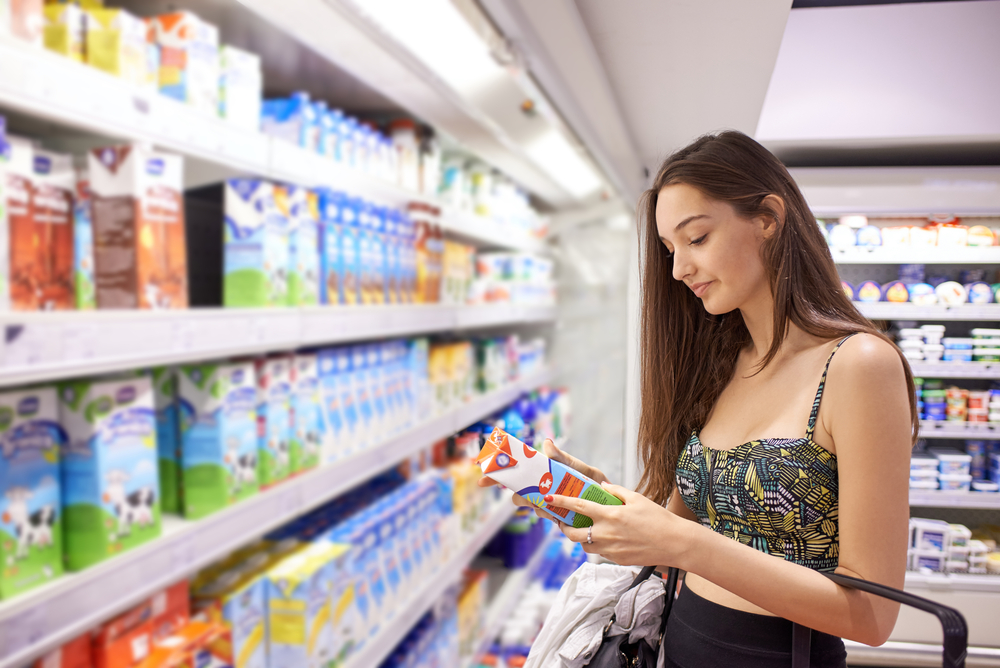Go-Label: Where Quality Labels Meet Affordability!
Hey there, label users! Are you ever in need of labels but cringe at the thought of shelling out a small fortune? Look no further, because we've got just the solution for you - Go-Label.com! In today's blog post, we're going to delve into the world of low-cost labels and labeling supplies, so buckle up and get ready for a thrilling ride.
Affordable Labels Made Easy:
At Go-Label, we understand that labels play a crucial role in various industries, whether it's for packaging, organizing, or promoting your products. But we also recognize the fact that cost can be a major concern, especially for small businesses and startups. That's why we've made it our mission to provide top-quality labels at wallet-friendly prices.
Wide Range of Options:
With Go-Label, you won't have to compromise on quality or settle for a limited selection. We offer a wide range of labeling options to suit different needs and preferences. From customizable adhesive labels to durable shipping labels, we've got you covered.
- Blank thermal-transfer labels
- Blank direct thermal labels
- Color thermal-transfer labels
- Ink jet labels
- Craft beer labels
- Polytag lumber labels
Whether you're looking for labels for your homemade products or need barcodes for inventory management, our extensive collection won't disappoint.
Top-notch Quality:
Now, you might be wondering if our low prices come at the expense of quality. Rest assured, quality is our top priority at Go-Label. We believe that everyone deserves access to reliable labeling supplies without breaking the bank. That's why our team works tirelessly to ensure that our labels meet the highest standards, providing you with durable and professional-looking results every time.
Customer Satisfaction is Our Jam:
We take immense pride in our commitment to customer satisfaction. Our friendly and knowledgeable team is always ready to assist you throughout the labeling process, from selecting the right labels to providing helpful tips and tricks for label application.
You can LiveChat with us from any page of the web site! We can help with orders, make recommendations and look up a product to check stock levels. We strive to make your experience with Go-Label as smooth and delightful as possible.

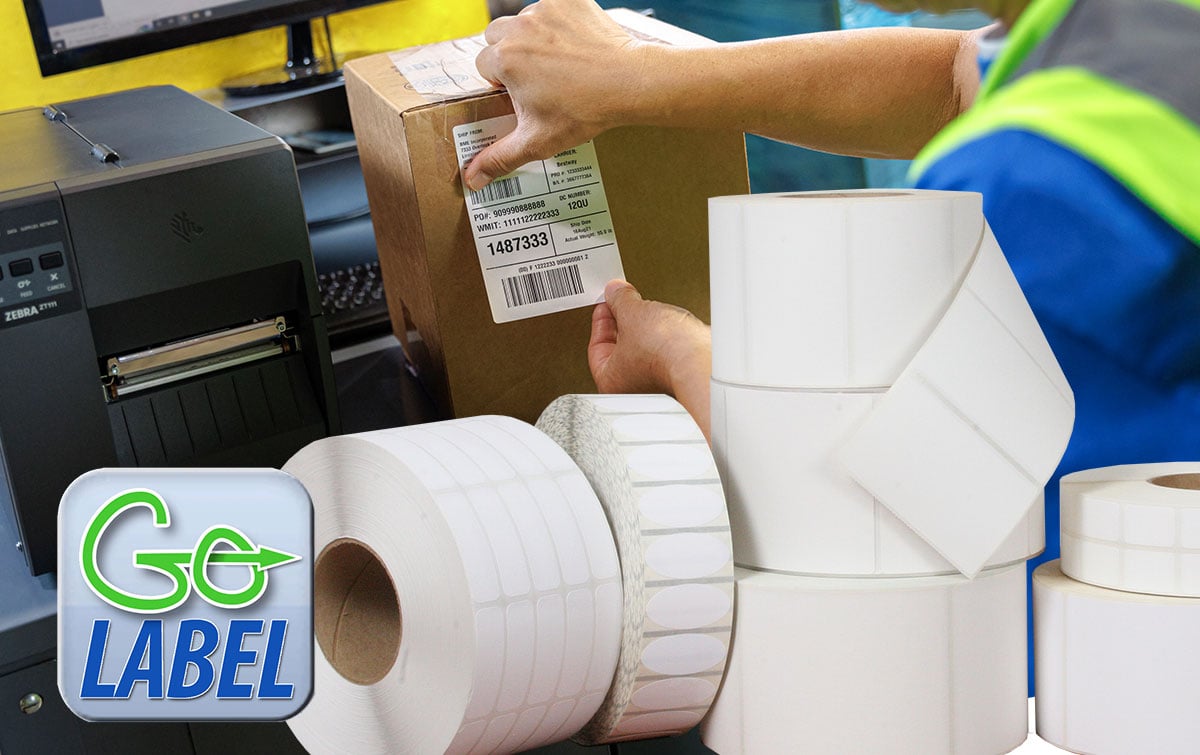
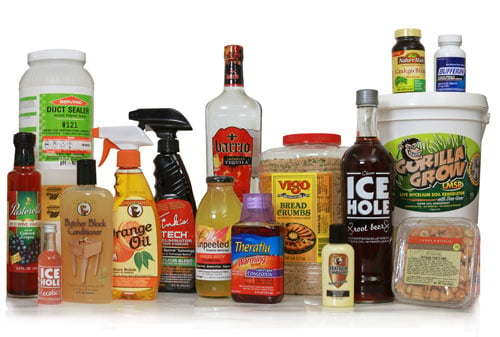
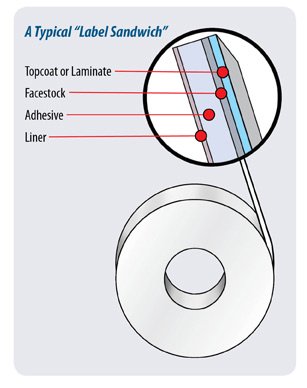 A pressure-sensitive label, or self-adhesive label, is made up of three layers: a face stock, an adhesive and a release liner. We refer to this as the "label sandwich." When a label is manufactured, these three components are sandwiched together to create a label material that can be printed on, laminated, die-cut, and finally peeled off and applied to your product.
A pressure-sensitive label, or self-adhesive label, is made up of three layers: a face stock, an adhesive and a release liner. We refer to this as the "label sandwich." When a label is manufactured, these three components are sandwiched together to create a label material that can be printed on, laminated, die-cut, and finally peeled off and applied to your product.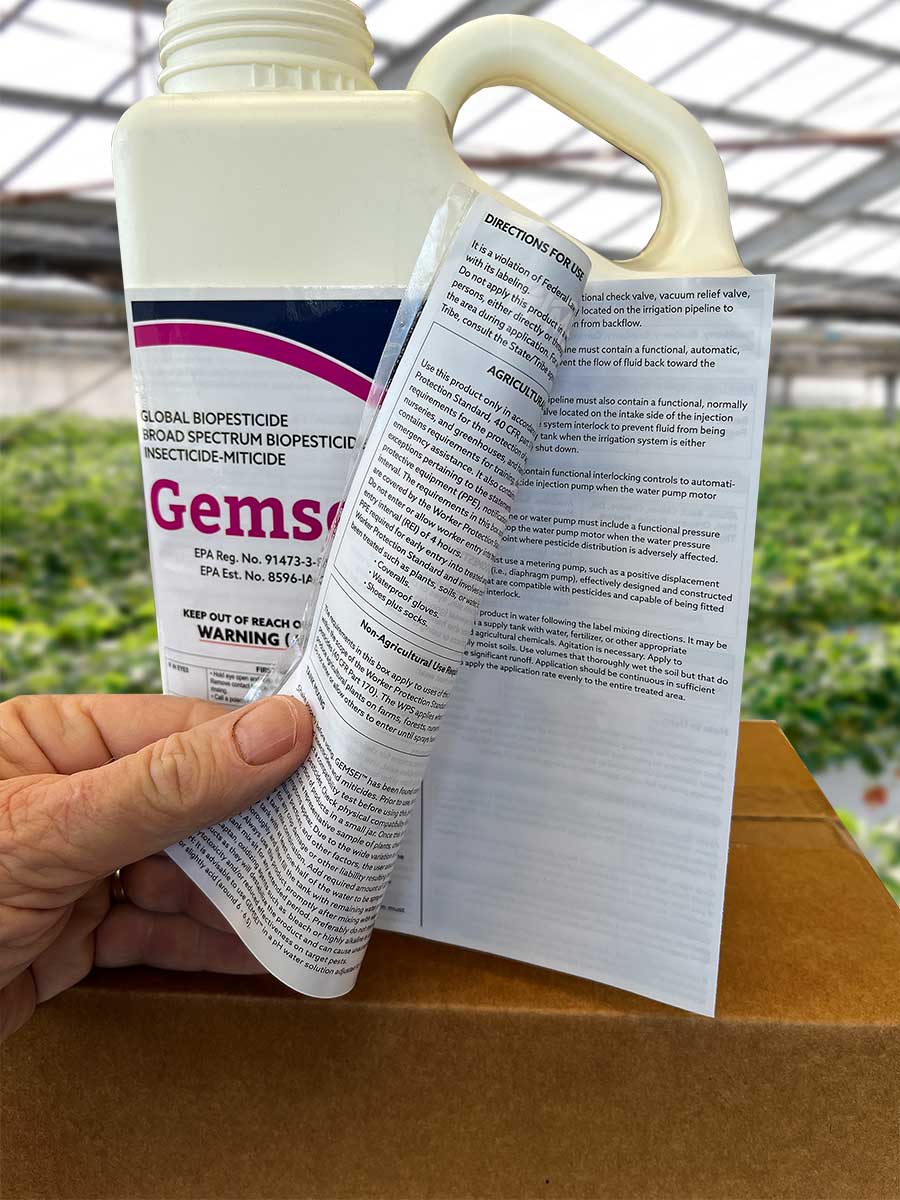
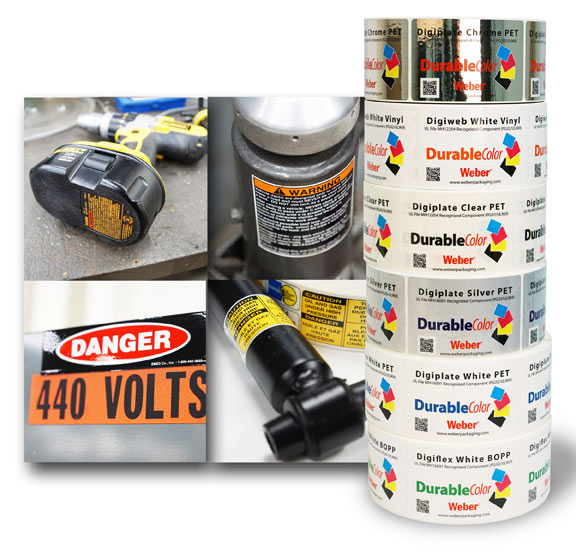
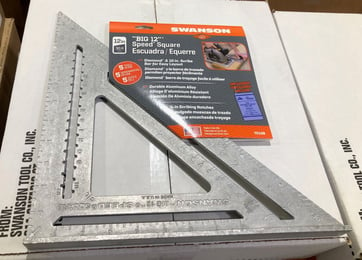 Swanson was approached by one of their customers about a new packaging configuration for two of their largest framing square sizes. Typically, the labeling for these items include a large glossy tagstock material that is stapled or glued together, sometimes with an instructional “blue book” contained within. Because of the odd shape, this is all prepared by hand.
Swanson was approached by one of their customers about a new packaging configuration for two of their largest framing square sizes. Typically, the labeling for these items include a large glossy tagstock material that is stapled or glued together, sometimes with an instructional “blue book” contained within. Because of the odd shape, this is all prepared by hand. 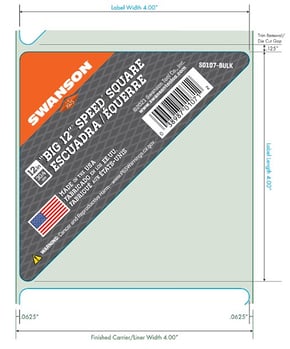 The primary requirement for this label was that it needed to be removable without leaving any residue behind on the high-quality CNC-machined aluminum framing squares that would frustrate the end user. After all, the preferred location of this new label was directly on top of etched distance and angle markings, essential for the use of the product.
The primary requirement for this label was that it needed to be removable without leaving any residue behind on the high-quality CNC-machined aluminum framing squares that would frustrate the end user. After all, the preferred location of this new label was directly on top of etched distance and angle markings, essential for the use of the product. 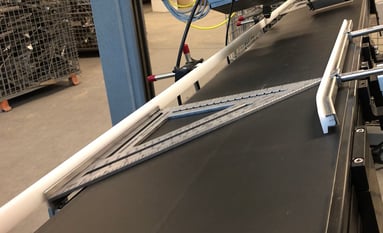 Next, they asked Weber to find a way to automate the labeling process. The idea was to place a triangle-shaped label on the corner of the framing squares, or a triangle-on-a-triangle. The framing squares have an extended base, or bevel, which allows them to nicely rest along side the length of a piece of lumber and be slid up and down to trace lines for cutting.
Next, they asked Weber to find a way to automate the labeling process. The idea was to place a triangle-shaped label on the corner of the framing squares, or a triangle-on-a-triangle. The framing squares have an extended base, or bevel, which allows them to nicely rest along side the length of a piece of lumber and be slid up and down to trace lines for cutting. 